|
In August last year I wrote a blogpost about some new packaging I was introducing. Since then I've also introduced using biodegradable clear grip seal bags. I much prefer to use these bags because they allow me to create a sturdier parcel, and they actually offer some protection to your order. You can carry on re-using these bags for a long time in the future. I can't see the point in wrapping up fibre in a piece of tissue paper. It serves no purpose, and in my experience of receiving orders it's often a tattered mess by the time the parcel has been squashed in the mail system. It's Reduce, Re-use, Recycle. In that order. The first step is to reduce, and for me, that means only using packaging that is useful. I receive a lot of my supplies by mail order, which means lots of packaging coming in to the house. Nearly all of this is re-used to send out orders from Mum and Dad's Etsy shops. Clear plastic sacks provide protection for large knittingbags that are sent in re-used cardboard boxes. Even larger plastic bags are used instead of bubble wrap to provide protection to wooden yarn bowls. There's always a certain amount that is not reusable, which is where this box comes in. I now pay a company called Terracycle for one of these big boxes. I stuff it full with all the plastic waste that our local council won't accept, and they turn it in to useful things. They even accept the clingfilm I use as part of my dyeing process.
Now this isn't cheap, this large box costs £230, and I am lucky in that my business is in a position where I can absorb that cost as part of my commitment to be more sustainable. On a related note, I have a decision to make about my outer mail bags. I can now get an option that are made from potato starch, and are home compostable. However, they are slightly translucent, so you can see the contents, and I have mixed feelings about using a food source for packaging. We have issues with food security on this planet, and there are issues with diverting food resources in to making packaging. And then there's the cost. 1000 of the smallest size outer mailer (made from recycled plastic with a biodegradable additive) I currently use costs me £114 1000 of the home compostable ones will cost £192 If I swapped to just using ones made from recycled material, but don’t break down I could buy 2500 for £120 If I went for non-recycled ones I could have 1000 for £50 The home compostable ones also have to be used with in 6 months, and at the moment I wouldn't manage to use a batch of 1000 quickly enough, so I'd have to buy a smaller batch, which is again, more expensive. We have to do something with all the plastic we send for recycling... and as it is there are issues with western countries currently not managing to recycle the plastics we produce. I've been thinking about this for a couple of months now, I'm just about to do a re-order of mailing bags, and I don't think there's actually a right answer. I know some businesses have switched to using paper, but I've decided not to do that as it's significantly heavier (so uses more fuel to transport), and paper production uses a lot of energy. And just as with using food starch to make bags there are issues about where all this paper is coming from. At the moment I am leaning towards continuing with my current option, the largest size bags will always have to be made from plastic as the corn starch isn't strong enough for the heavier parcels. All of which is to say, I am still working hard to keep my business as sustainable as possible. Even though at times it feels like a drop in the ocean. When I was at Summer School a couple of weeks ago the caterers were going to hand out bottled water with every evening meal. Thankfully we managed to persuade them to set up a water urn, and most people then used their own cup or mug, but they had no option to hold liquids other than disposable cups. In a week, 200 of us would have gone through a vast number of single use bits of plastic, and all because the college had removed it's dishwashing capabilities for anything that wasn't a plate or bowl. I will start off by saying that this is the final parcel in this 3 month block of the club. Spaces are still available for the next round, and will be available until all the spaces are sold, or I ship the first parcel. We're visiting Germany for the inspiration this time, with one parcel featuring a green, blue, purple and brown colour palette, and the other featuring orange, yellow, browns and aqua. I do still have a few new fibres for the next round of the club... so even if you've been in the previous rounds you should still experience something new, and of course, the colours will be completely different! The first fibre I recommend trying in the parcel this month is Alpaca. It's probably the most similar to wool, so should be a reasonably relaxing spin. Alpaca's are in the camelid family, and native to South America. The micron count of this fibre is 24-26 microns, and classed as Baby Alpaca, but that doesn't necessarily mean that the fibre comes from young animals. As with sheep, the fibre that's produced is variable, but generally older animals produce coarser fibre. A traditional use for this fibre is as suiting fabric, producing a fabric with beautiful shine and drape. I like to spin this with a short forward draw from the end of the top, without too much twist, otherwise you end up with a yarn that's like string. The second fibre for the month is bamboo rayon. This is a synthesised plant fibre, and from a different source to the viscose fibre we spun in June. That viscose was from general plant sources, and processed in Germany. This fibre comes from bamboo, which is very ecologically friendly, but is processed in China. To me, the fibres do feel noticeably different, so I thought you might enjoy comparing them. You may also see this sort of fibre referred to as Viscose, but viscose is a specific type of rayon, only made from wood pulp. I like to spin this fibre from end of the combed top with a short forward draw, as that gives maximum shine and smoothness. If you struggle with the slippy fibres then switch to spinning from the fold. The final fibre in the parcels this month is cotton. this plant fibre is fine and very short stapled, and comes from the fluffy fibres that surround cotton seeds on the cotton plant. This cotton is grown in South America, and dyed in Italy. You can add a lot of twist to this fibre, and most people generally struggle with adding too little twist, rather than too much. You generally make thicker cotton yarns by combining multiple thin plies, and it's not a fibre that works well as thicker singles, you will get a lot of pilling, and a fluffy, unstable yarn. I can really recommend the Cotton edition of Ply magazine to learn more about this fibre. If you're spinning it on a wheel use the fastest ratio you have, and you are looking to draft using a modified form of long draw straight from the end of the combed sliver. Keep adding twist and pulling your hands apart until the lumps even out and you can't draft any further, this is the point at which your yarn has enough twist to hold it together. You can add lots of plying twist as well, this fibre can handle it! If you own any lightweight spindles this might be the ideal fibre to spindle spin, and if you own a quill for your wheel this is the perfect fibre to spin from the point.
Todays monthly blogpost comes to you from a hotel room just outside of York. I'm teaching at the Association of Guilds of Weavers, Spinners and Dyers this month, and have just finished setting up my classroom. The Trade Fair and Open Day is next Saturday, and if you're in the area do come along, for a look around all the classrooms.
The Baby Chicks of last month are now at the gawky teenager stage, and have been joined by a sole survivor from a second clutch of eggs. They are an utter delight and I am very sad to be missing them for a week. No names for this gang yet, I'm starting to get a feeling for which are cockerels and which are hens, but I've not picked the theme for this batch of names.
Speaking of the animals of the household... Quentin and Clarissa have been causing trouble again. There is a lengthy twitter thread sharing his latest exploits.
July is of course all about the Tour de Fleece, it's probably my favourite time of year, and seeing skein after skein of hands-on being produced over the 3 weeks is a real advocate for the power of just a little practise every day. One of the things I really enjoyed was this years Non-Wool Sample Pack. 19 different fibres ranging from silks, to cotton, to camelids, to baste fibres.
|
Archives
January 2024
Categories
All
|
Hilltop CloudHilltop Cloud- Spin Different
Beautiful fibre you'll love to work with. Established 2011 VAT Reg- 209 4066 19 Dugoed Bach, Mallwyd, Machynlleth,
Powys, SY20 9HR |

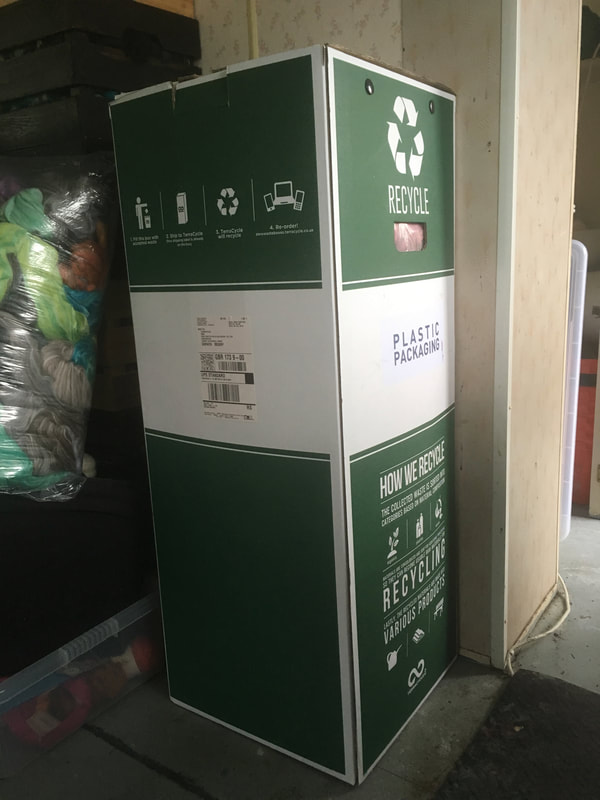


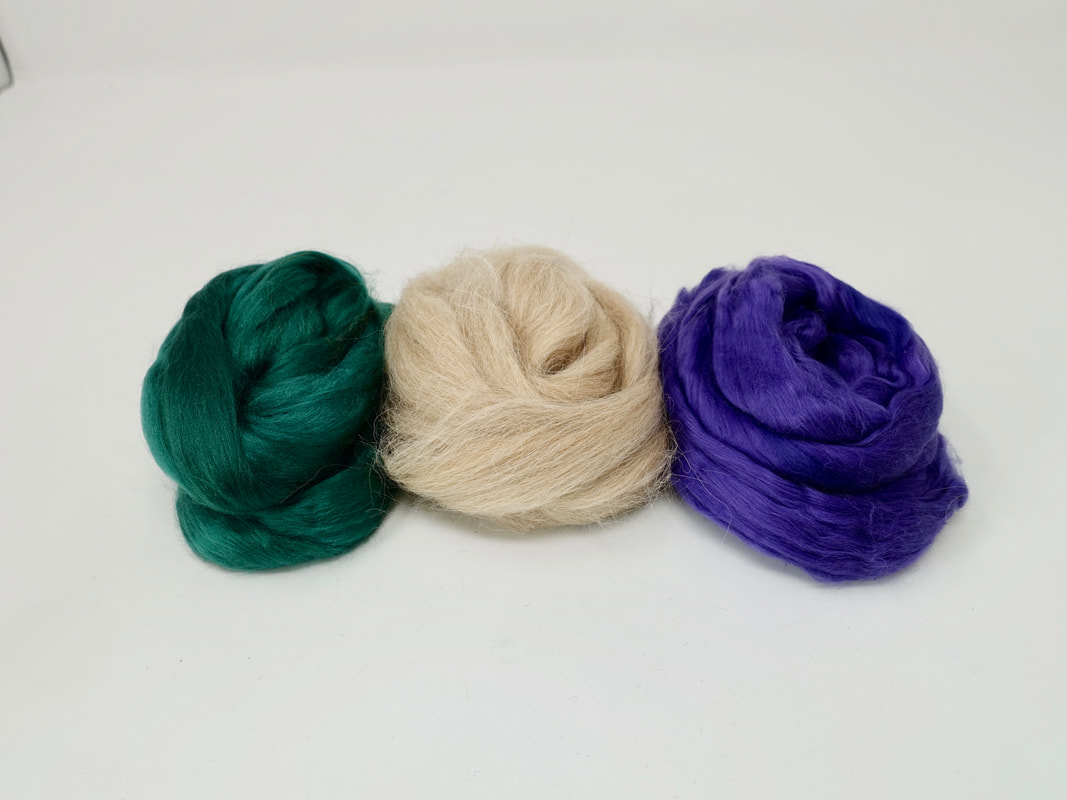

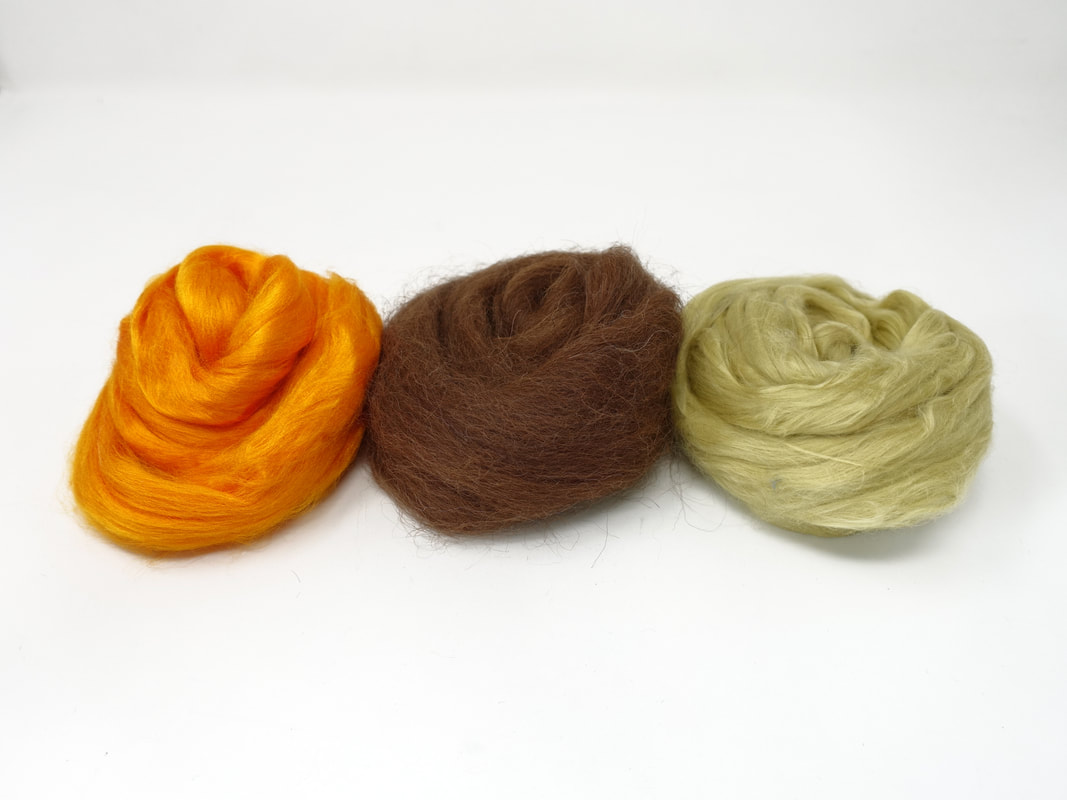

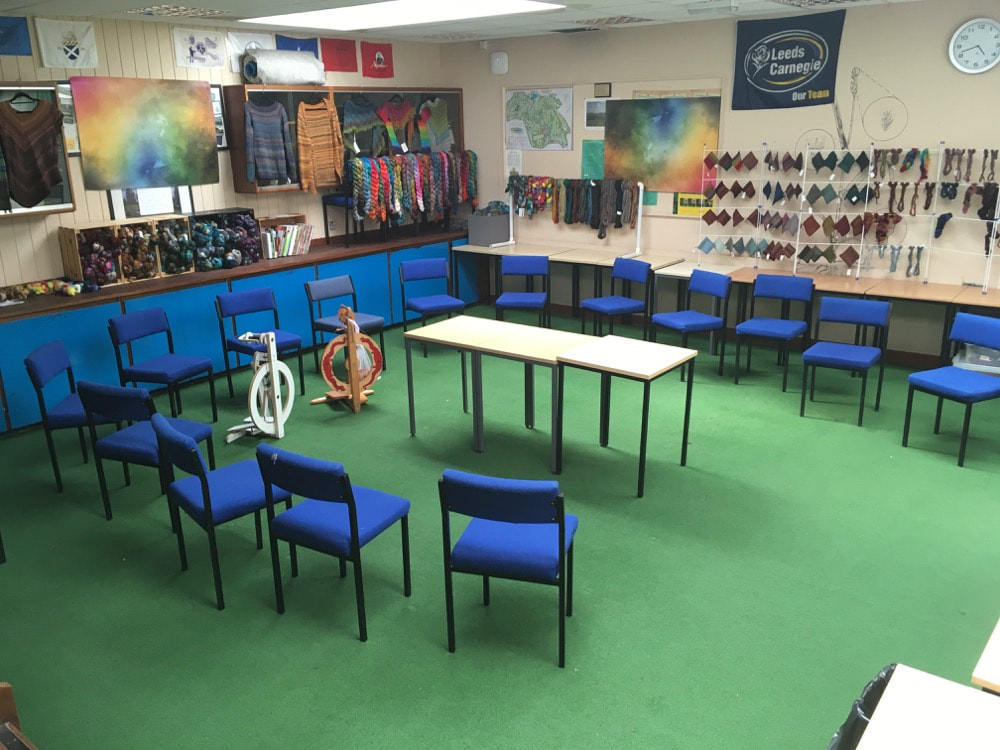
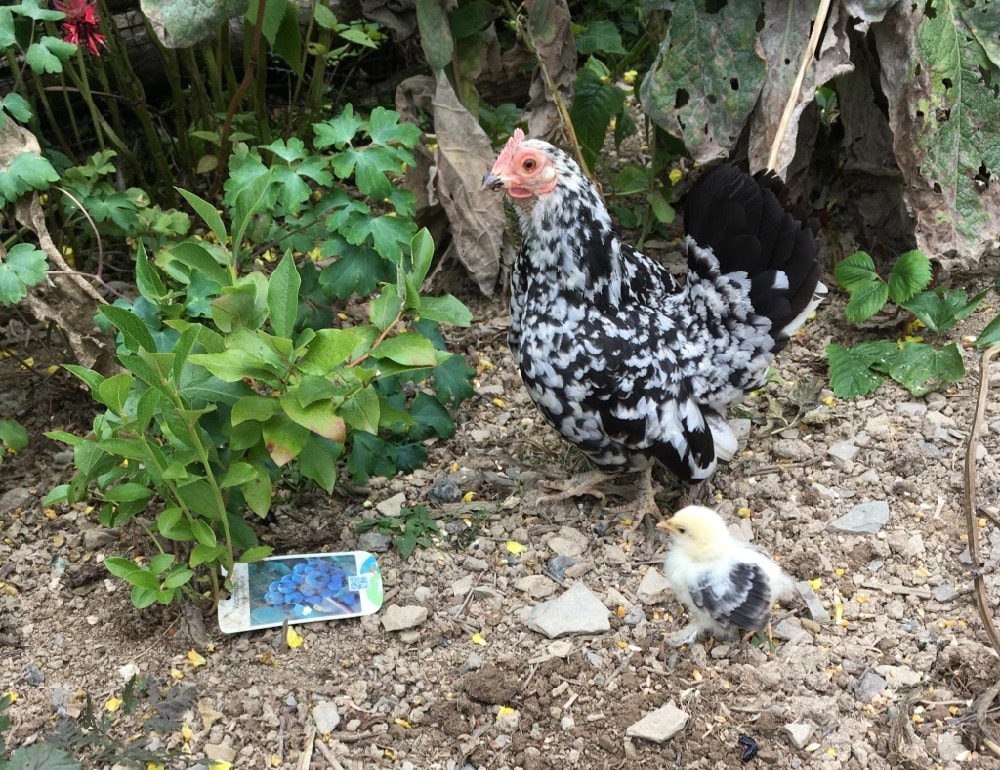
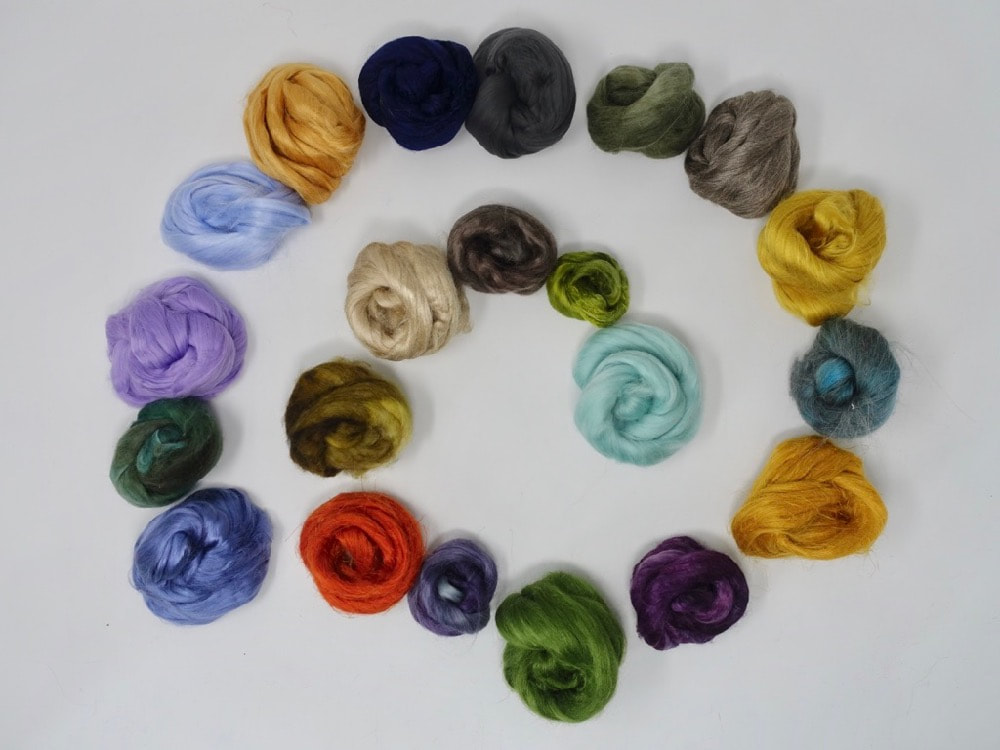
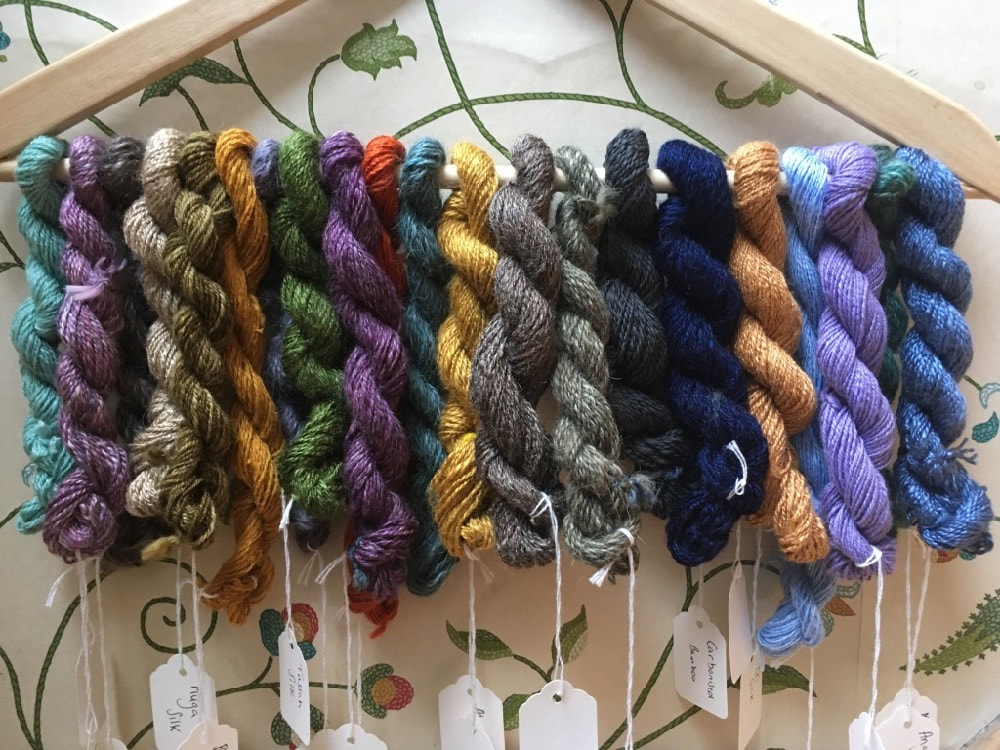
 RSS Feed
RSS Feed


